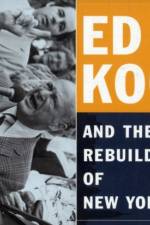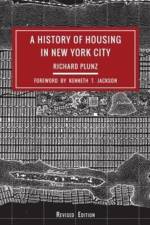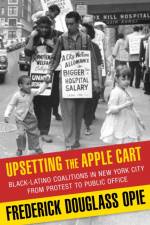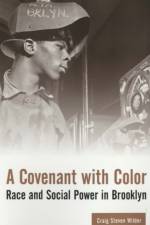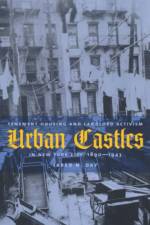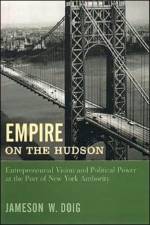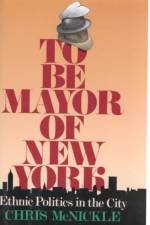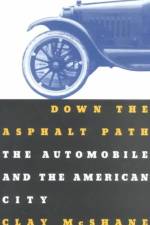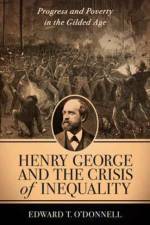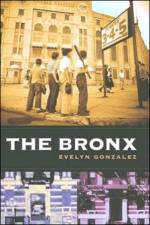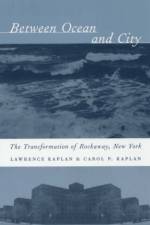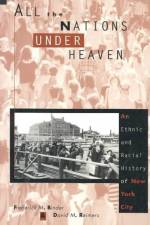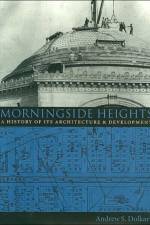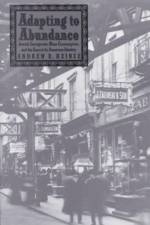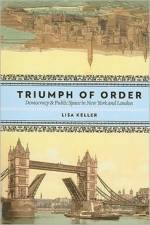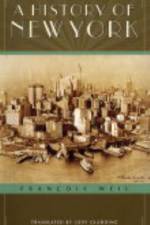av Evelyn Gonzalez
341
Home to the New York Yankees, the Bronx Zoo, and the Grand Concourse, the Bronx was at one time a haven for upwardly mobile second-generation immigrants eager to leave the crowded tenements of Manhattan in pursuit of the American dream. Once hailed as a "e;wonder borough"e; of beautiful homes, parks, and universities, the Bronx became-during the 1960s and 1970s-a national symbol of urban deterioration. Thriving neighborhoods that had long been home to generations of families dissolved under waves of arson, crime, and housing abandonment, turning blocks of apartment buildings into gutted, graffiti-covered shells and empty, trash-filled lots. In this revealing history of the Bronx, Evelyn Gonzalez describes how the once-infamous New York City borough underwent one of the most successful and inspiring community revivals in American history.From its earliest beginnings as a loose cluster of commuter villages to its current status as a densely populated home for New York's growing and increasingly more diverse African American and Hispanic populations, this book shows how the Bronx interacted with and was affected by the rest of New York City as it grew from a small colony on the tip of Manhattan into a sprawling metropolis. This is the story of the clattering of elevated subways and the cacophony of crowded neighborhoods, the heady optimism of industrial progress and the despair of economic recession, and the vibrancy of ethnic cultures and the resilience of local grassroots coalitions crucial to the borough's rejuvenation. In recounting the varied and extreme transformations this remarkable community has undergone, Evelyn Gonzalez argues that it was not racial discrimination, rampant crime, postwar liberalism, or big government that was to blame for the urban crisis that assailed the Bronx during the late 1960s. Rather, the decline was inextricably connected to the same kinds of social initiatives, economic transactions, political decisions, and simple human choices that had once been central to the development and vitality of the borough. Although the history of the Bronx is unquestionably a success story, crime, poverty, and substandard housing still afflict the community today. Yet the process of building and rebuilding carries on, and the revitalization of neighborhoods and a resurgence of economic growth continue to offer hope for the future.

